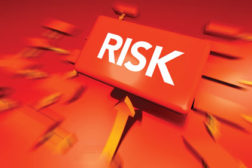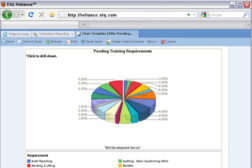Articles by Brenda Percy
Food safety: Don’t put your suppliers in a “silo”
Cloud-based systems increase transparency & reduce risks
September 3, 2014
Advertisement
Do You Have a Crisis Management Plan in Place? 7 Reasons You Should
March 11, 2014
How do you manage Sustainability?
Enterprise software platforms track & analyze initiatives
June 6, 2012
Get our new eMagazine delivered to your inbox every month.
Stay in the know on the latest safety trends.
SUBSCRIBE TODAYCopyright ©2024. All Rights Reserved BNP Media.
Design, CMS, Hosting & Web Development :: ePublishing









